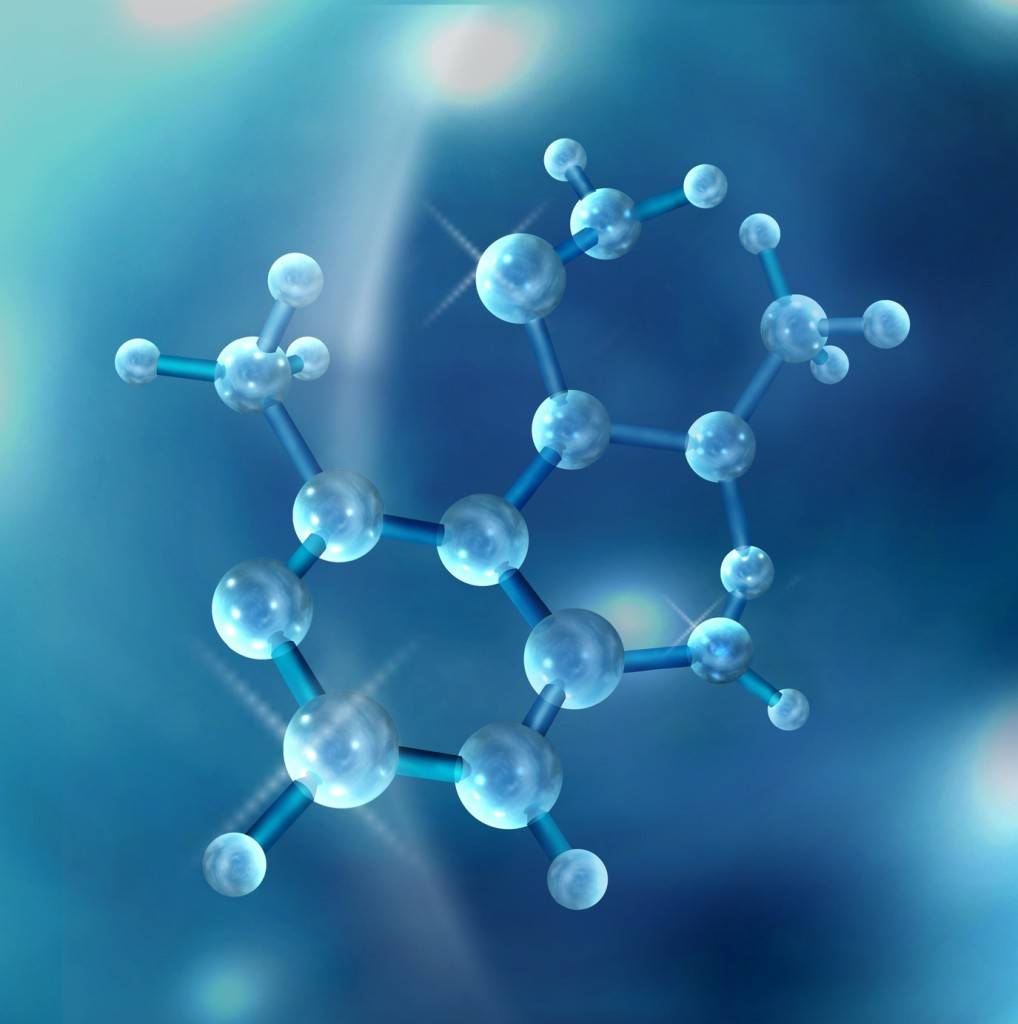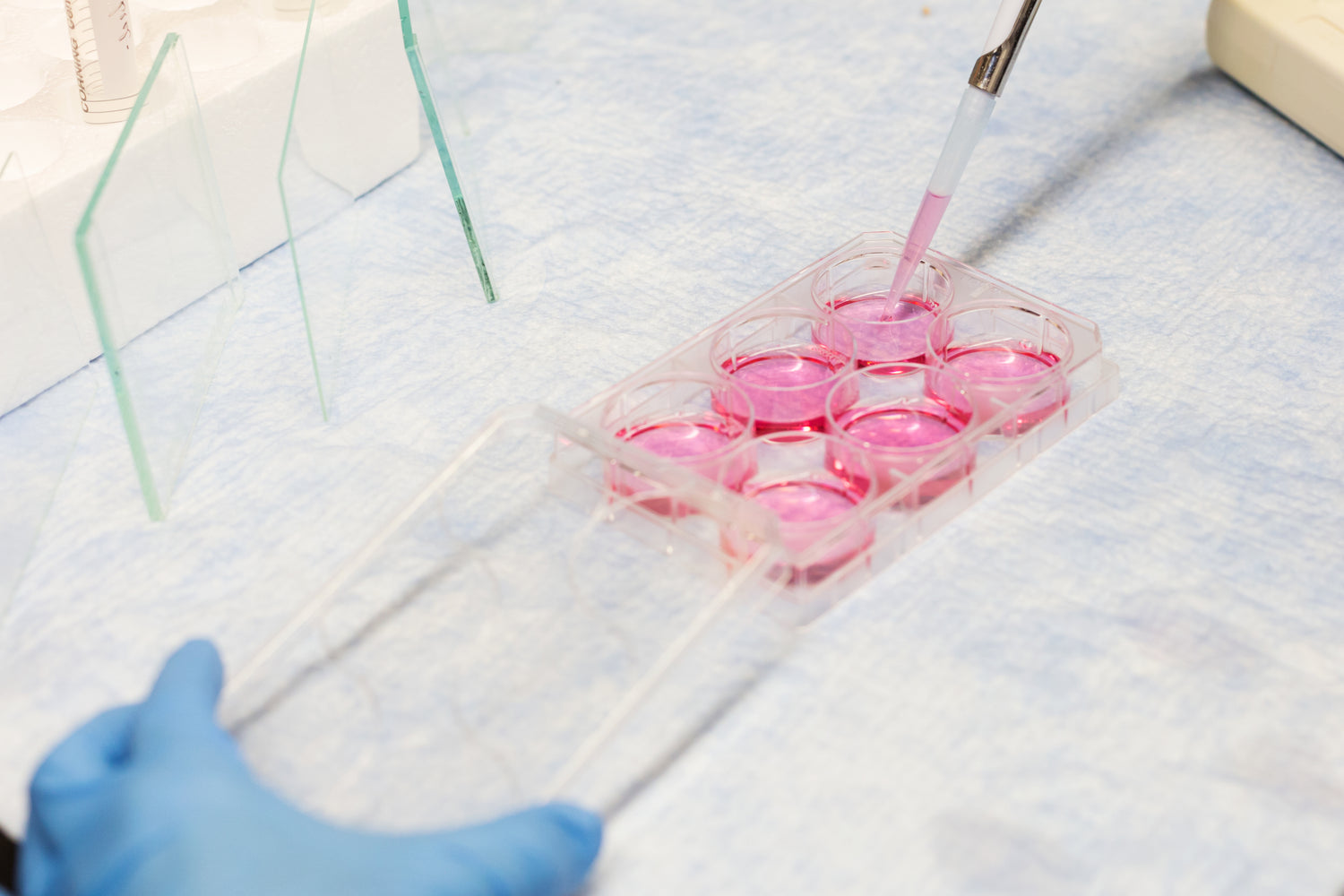The probe ultrasonic processor consists of a power supply, a transducer and a probe. The power supply provides the electrical energy, the transducer converts the electrical energy into a high frequency mechanical vibration of 20KHZ, and automatically tracks the vibration state, and the probe is responsible for transmitting the vibration to the sample. When the probe is immersed in the liquid sample, the ultrasonic vibration causes the internal pressure of the liquid to change periodically, causing the cavitation phenomenon. Bubbles grow in the low pressure stage and collapse in the high pressure stage, which produces high temperature, high pressure and strong shear force.
In cell fragmentation and extraction, proteins, nucleic acids and other components can be gently and efficiently obtained, reducing the impact on the activity of biomolecules. When preparing liposome drug carrier, the particle size can be precisely controlled to improve the drug delivery effect.

In the preparation of nanocomposite materials, the nanoparticles are effectively dispersed, and the properties of material strength and electrical conductivity are improved. It can also construct nanostructures on the surface of the material, giving the material special properties such as self-cleaning and super hydrophobic.
In the production of coatings, the pigment and additives are evenly dispersed to improve the stability and coating performance of the coating. In the food processing industry, it is used to produce high quality emulsions and suspensions to enhance the taste of products.
● Power, amplitude, time and temperature parameters can be precisely adjusted to achieve accurate control of the experimental process.
● Greatly reduce processing time, improve work efficiency, and optimize energy utilization to reduce energy consumption.
● It can meet the processing needs of different fields and different samples.
In the future, the probe ultrasonic processor will develop towards intelligence, integration and miniaturization to achieve automated operation and reduce human error. After integration with other advanced technologies, its application scope will be expanded to biomedical imaging, cancer treatment, environmental remediation and other emerging fields.








